Previously we have written about troubles with spurious emissions from our LA1K CW Beacon based beacons (LA2VHF/4, LA2SIX, LA2UHF and LA2SHF). We first became aware of the issue when we discovered some very interesting sidetones on the LA2SHF beacon. Later we were also alerted by LA0BY that the same 63 kHz tones were appearing in the skirts of our 4 m beacon LA2VHF/4. These issues are now fixed (actually
this has been fixed since we deployed LA2SIX in the start of July), and this post details how we found and eradicated them.
For a while we were stumped as to the origin of these birdies (spurious emissions), but then LA9SSA came to realize that the CW message in the birdie appearing in LA2SHF was different from the primary CW message. The birdie was actually pumping out “LA2VHF/4 JP53EK”, the morse code sequence of our 4 m beacon.
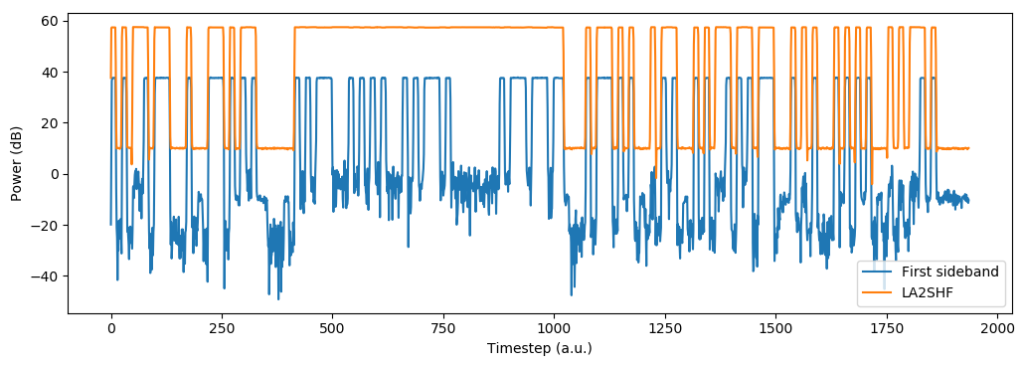
With one beacon appearing in the spectrum of another it was obvious that some sort of feedback was happening, but the exact mechanisms were unclear.
One helpful hints that we had were that the 63 kHz spurious sidebands were not appearing when we had the beacons on the lab bench. Further, we were not able to find any such spurs in the spectrum from our 2 m beacon, LA2VHF – indicating that the issue was isolated to beacons based on the LA1K CW Beacon platform (LA2VHF is an older beacon based on a modified FM-transmitter).
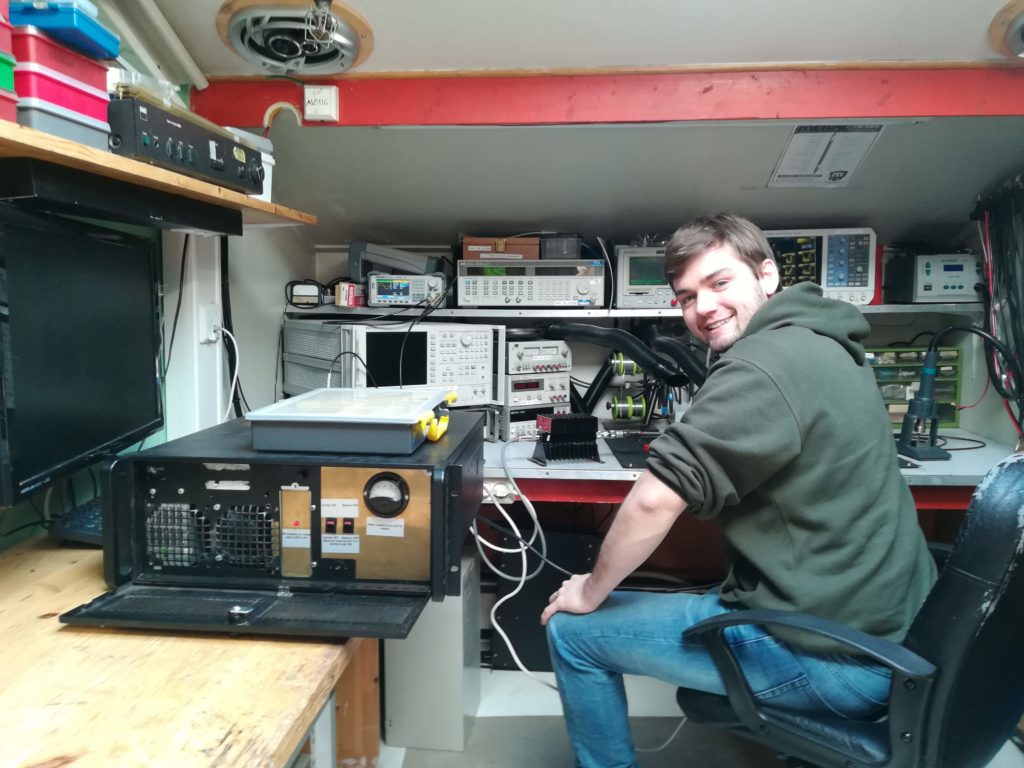
After finally putting two and two together, we figured that the issue only appeared when multiple beacons were co-located, and after further debugging that the issues only occurred when LA2VHF/4 was turned on.
We had at this point brought LA2SHF back to Samfundet, since its main signal was causing interference to a local installation. This allowed us to have a beacon to work on to test our hypotheses. Since the reference port and antenna ports are the only two that are available from the chassis, these were logical points to start at.
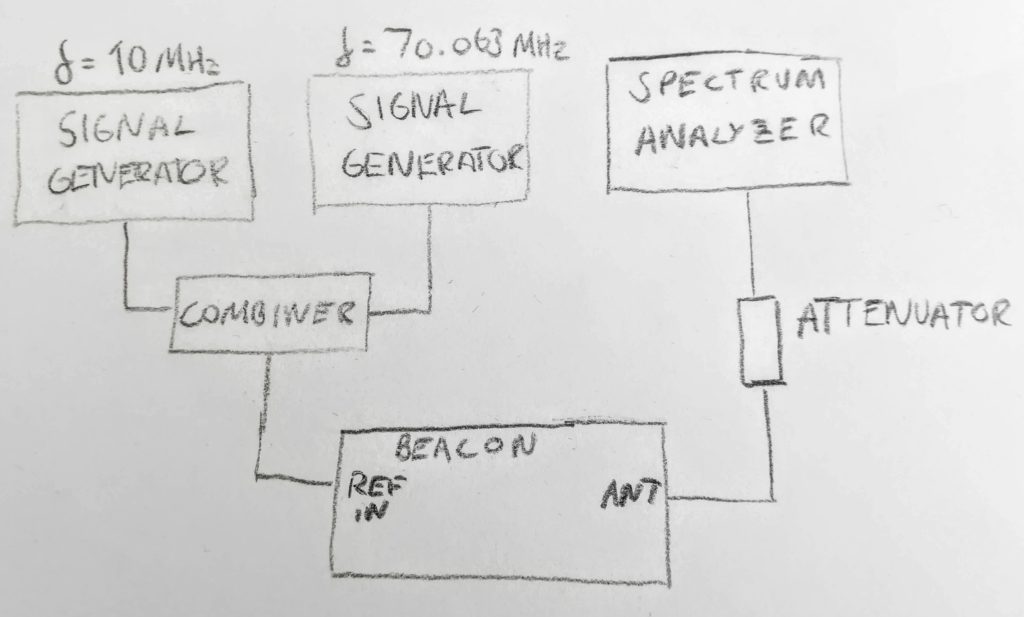
We started by trying to simulate feedback by coupling a combined signal consisting of a 10 MHz square wave and a 70.063 MHz sine wave into the reference port of LA2SHF. The result is seen below:
In the pictures above, we can see that the 63 kHz sidebands increase by more than 10 dB when affected by the 70.063 MHz signal. While the interference to target signal ratio might not be perfectly reconstructed in this orchestrated example, it gives an idea of how we might go about to amend the issue. Filtering at the reference, for example, successfully removed the injected signal at 70.063 MHz.
To shed some light on the actual mechanics of the birdie, we need to consider a couple of factors. Firstly, we consider the point where the RF output originates, the synthesizer ADF4351. In our design we copied the loop filter components from the reference design. This sets the loop filter bandwidth at an inconvenient 63 kHz. The synthesizer is vulnerable to noise within its loop filter bandwidth. This means that noise within +/- 63 kHz of the reference frequency is bad news.
Further, we must consider that the operation of a phase locked loop (a core component of a synthesizer) is primarily digital in nature, i.e. it works mostly with square wave signals. At the synthesizer input, however, it will accept either a sinusoidal or a square reference signal.
According to its Fourier series, a square wave is simply a sum of odd harmonics of a sinusoidal signal. This means that our reference frequency of 10 MHz will have a contributing component at 70 MHz.
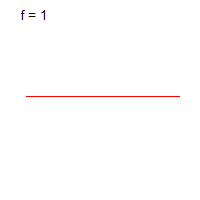
Arriving at the end of our argument: the interferer LA2VHF/4’s frequency of 70.063 MHz may be considered a part of the reference oscillator 10 MHz square wave. However, it is shifted 63 kHz above where it should be. Since these 63 kHz are within the loop filter bandwidth of the synthesizer, we are in for a bad time. This creates a birdie which then propagates throughout the synthesizer, ending up at the output, and being keyed on and off as the 70 MHz beacon sends its sequence.
To alleviate our issues, we installed bandpass filters to the respective 10 MHz reference inputs (this happened back when we deployed LA2SIX, but was not detailed in that post for brevity). The keen reader might remember that we bought some 10 MHz band pass filters from SV1AFN a while back, and these were used to great effect here. After this we have had no further issues with 63 kHz spurs with our LA1K CW Beacon transmitters, mission successful!
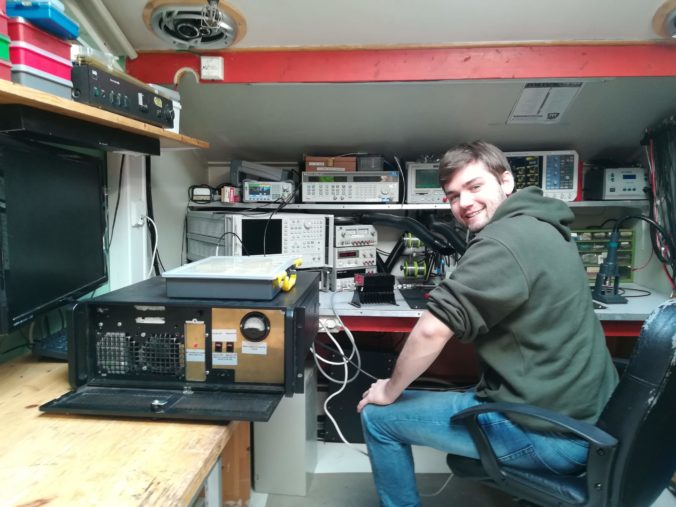
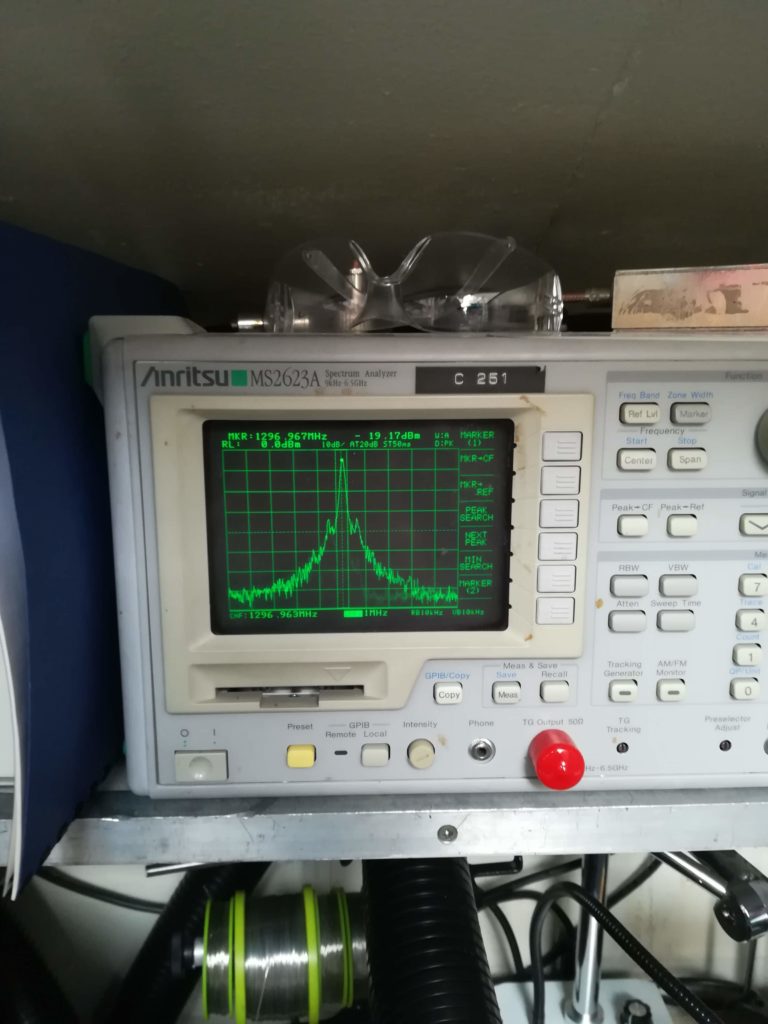
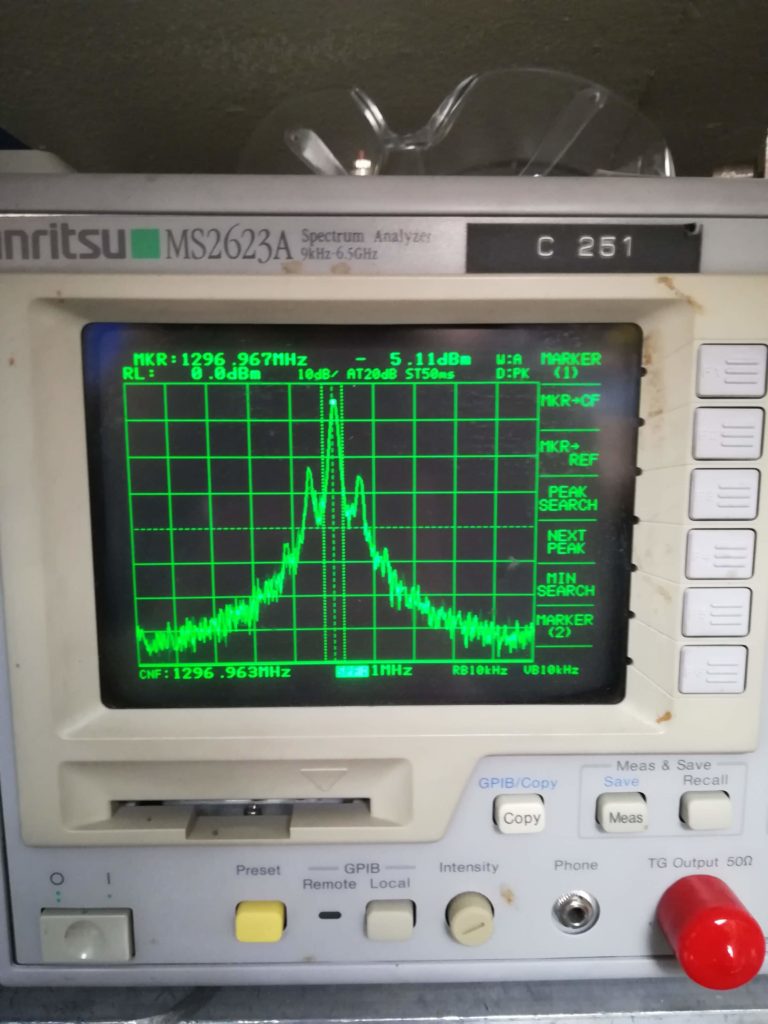

Leave a Reply